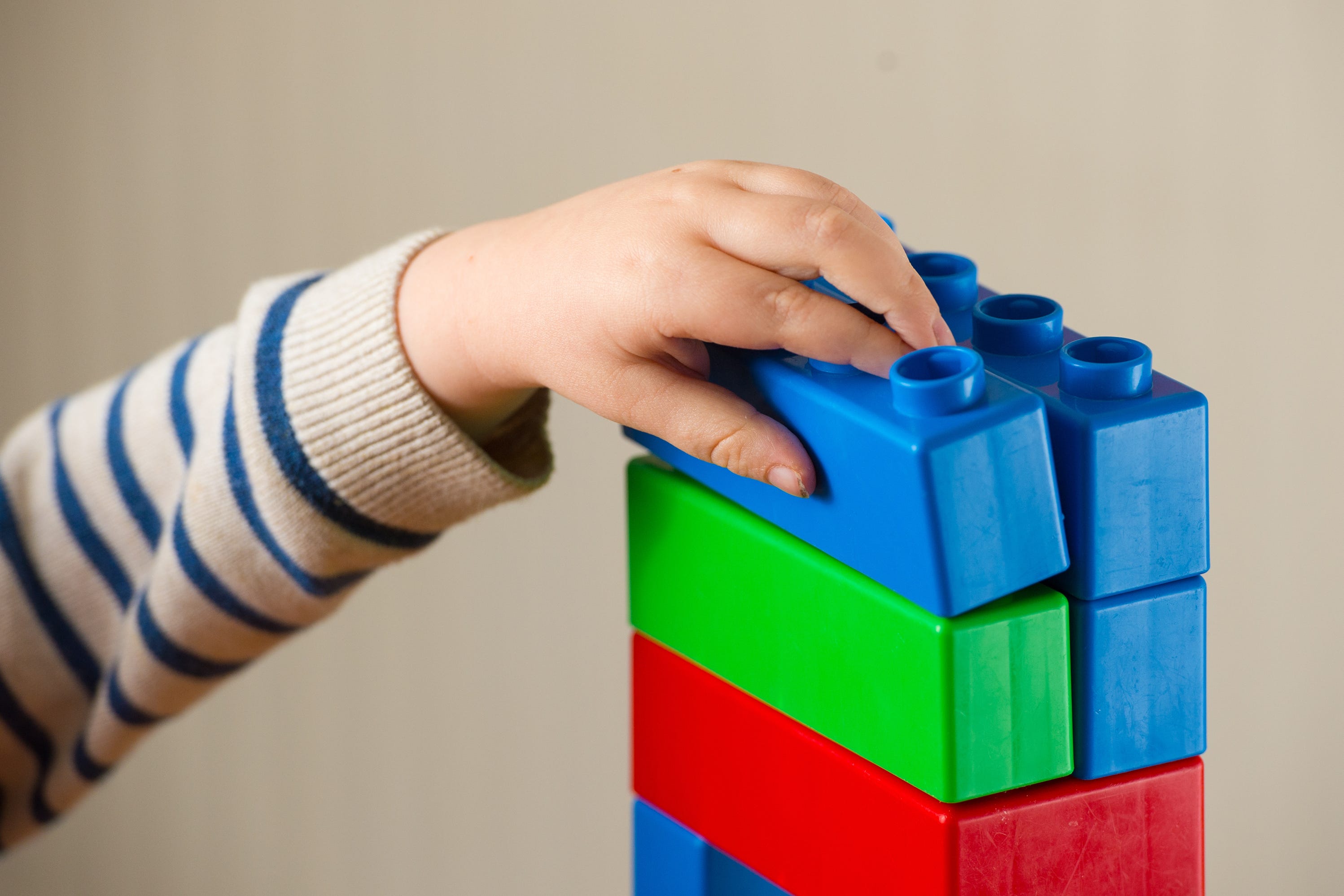Fact check: The last Labour government narrowly missed interim child poverty targets
Labour set a goal to eradicate child poverty by 2020, but missed two interim targets.

Your support helps us to tell the story
From reproductive rights to climate change to Big Tech, The Independent is on the ground when the story is developing. Whether it's investigating the financials of Elon Musk's pro-Trump PAC or producing our latest documentary, 'The A Word', which shines a light on the American women fighting for reproductive rights, we know how important it is to parse out the facts from the messaging.
At such a critical moment in US history, we need reporters on the ground. Your donation allows us to keep sending journalists to speak to both sides of the story.
The Independent is trusted by Americans across the entire political spectrum. And unlike many other quality news outlets, we choose not to lock Americans out of our reporting and analysis with paywalls. We believe quality journalism should be available to everyone, paid for by those who can afford it.
Your support makes all the difference.Labour MP Sarah Champion claimed that the former Labour government had committed to end child poverty by 2020 and “was on track to do so”.
Evaluation
The last Labour government did set a target to eliminate child poverty by 2020.
When asked by the PA news agency, Ms Champion was unable to provide a source for the claim that their pledge had been “on track”.
Data shows that the Labour government’s interim targets to cut child poverty by 25% by the 2004/05 fiscal year and by 50% by 2010 were both missed.
The facts
Child poverty decreased rapidly under the last Labour government, which was in power from 1997 to 2010.
Poverty is measured in many different ways. One is relative poverty, which is defined as living in a household which has an income of less than 60% of the UK median income.
Another is absolute poverty, which is today defined as being less than 60% of the median income as it was in the 2010/11 fiscal year.
Both of these can be measured either before or after housing costs have been taken into account.
The Labour government in 1999 set a target to cut child poverty by a quarter by 2004/05 and by a half by 2010 and to eradicate it by 2020.
According to a 2007 article in the journal Paediatrics & Child Health, the Government missed its 2004/05 target narrowly, cutting child poverty by 23% before housing costs by that date.
The Labour government set itself a target to have halved the number of children living in relative poverty in 2010/11 – before housing costs – when compared with 1998/99. A 2012 report from the Department for Work and Pensions and Department for Education said the number of children in relative poverty before housing costs would need to have fallen from 3.4 million in 1998/99 to 1.7 million in 2010/11 for the second interim target to have been met.
In fact by 2010/11 the number of children living in relative poverty was 2.3 million, a reduction of 1.1 million. That is just under a third, so falls short of the Labour target.
The 2020 target to “eradicate” child poverty did not follow the true definition of the word to entirely wipe something out. In this sense, eradicate meant that relative poverty should be reduced to below 10% of children.
The 2012 report shows that the proportion of children living in relative poverty dropped from 26% to 18% in the 12 years between 1998/99 and 2010/11. That is a drop of around 0.67 percentage points a year.
If that trend had continued until the 2020/21 fiscal year the figure would have fallen to around 11.33%, thereby missing the 10% “eradication” target. At that pace the target would have been met in the 2022/23 fiscal year instead.
When asked to explain her source for the claim that the Labour ambition to eradicate child poverty by 2020 was “on track”, Rotherham MP Ms Champion said: “The last Labour government removed child poverty by over one million while in government.
“No, I’m sorry I don’t have data to back that up but I remember the current government dropping the ambition.”
In this she is correct. The Conservative Government dropped the target after the 2015 general election and in 2016 the Child Poverty Act was repealed by the Welfare Reform and Work Act.
Child poverty has risen since 2010. Relative child poverty before housing costs hit 3.2 million in the 2022/23 fiscal year. That was 22% of children.
Links
Claim on X (archived)
OSR – The trouble with measuring poverty (archived)
Paediatrics & Child Health – UK policy: A success story? (archived)
DWP/DfE – Child Poverty in the UK: The report on the 2010 target (archived)
Children’s Commissioner – A new child poverty target (archived)
HMG – Setting the 2020 persistent child poverty target (archived)
HoL Library – Child poverty: Statistics, causes and the UK’s policy response (archived)